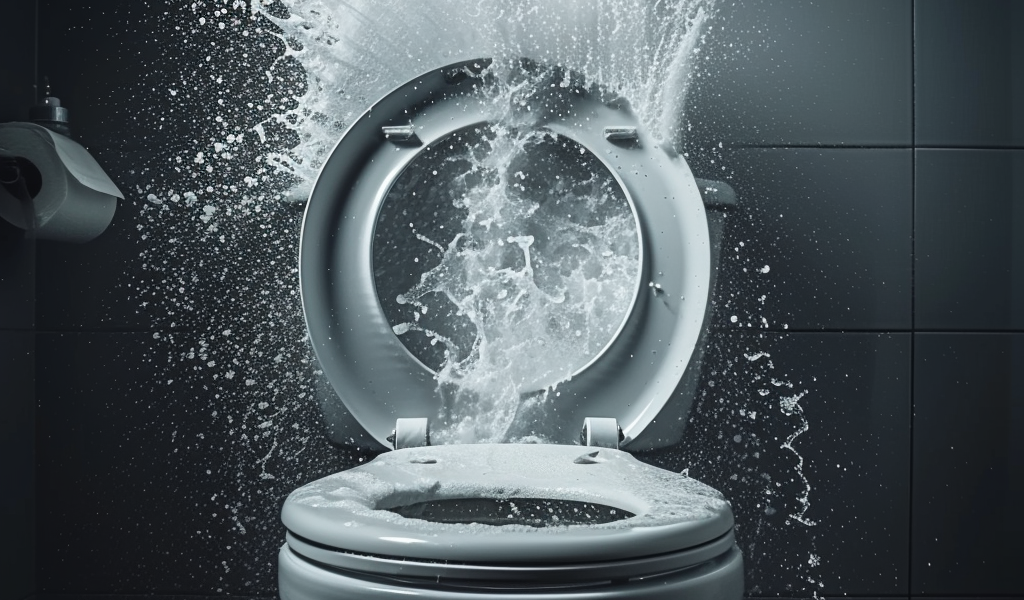Should you flush with the toilet lid up or down? A recent study has found that it may not make much of a difference. Researchers at the University of Arizona investigated whether closing the toilet lid before flushing reduces cross-contamination of bathroom surfaces by airborne bacterial and viral particles via ‘toilet plumes.’ Their findings, published in the American Journal of Infection Control, suggest that putting a lid on it doesn’t result in a substantial reduction in contamination.
Toilet plumes are not just about large water droplets that splatter when a toilet is flushed. Even smaller droplets can form and be spread into the surrounding air, potentially carrying bacteria like E. coli or a virus (e.g., norovirus) if an infected person has previously used the toilet. Pathogens can linger in the bowl even after repeated flushes, waiting for their chance to launch into the air and spread disease. Larger droplets can settle on surfaces before they dry, while smaller ones travel farther on natural air currents.
The first experiments examining whether toilet plumes contained contaminated particles were done in the 1950s, and the notion that disease could be spread this way was popularized in a 1975 study. More recently, physicists and engineers at the University of Colorado, Boulder, managed to visualize toilet plumes of tiny airborne particles ejected from toilets during a flush using a combination of green lasers and cameras. This visualization revealed that the ejected airborne particles could travel up to 6.6 feet per second, reaching heights of 4.9 feet above the toilet within 8 seconds. Smaller particles could hang around in the air for over a minute.
While it has been suggested that closing the lid before flushing could substantially reduce the airborne spread of contaminants, the recent study from the University of Arizona indicates that it may not make a significant difference. However, the study did find that adding a disinfectant to the toilet bowl before flushing and using disinfectant dispensers in the tank can significantly reduce cross-contamination.
These findings shed light on the potential risks associated with toilet plumes and the importance of proper hygiene practices in bathrooms. The study serves as a reminder to take precautions to minimize the spread of airborne particles and pathogens, especially in shared restroom facilities.





